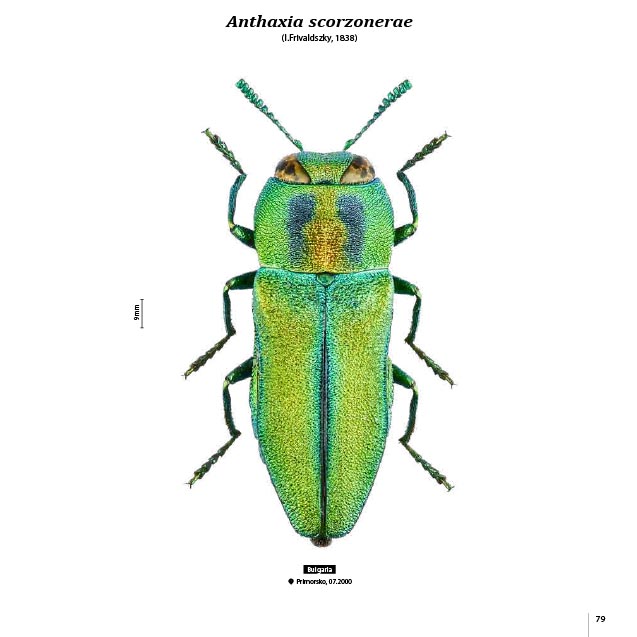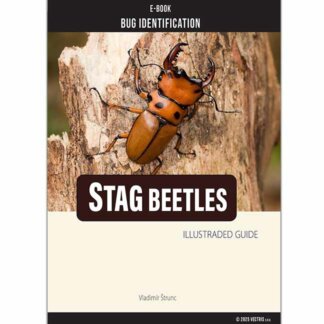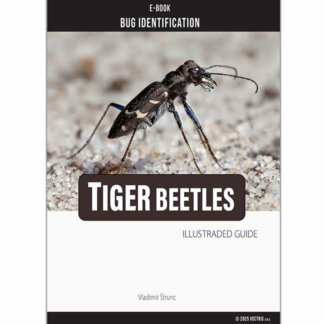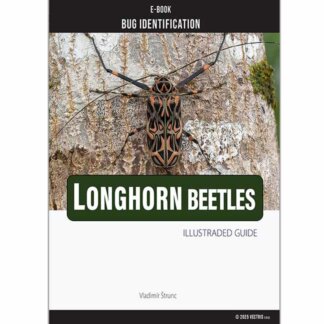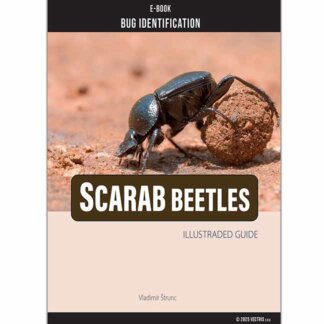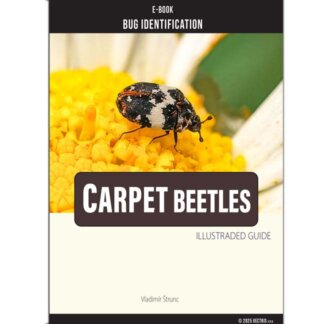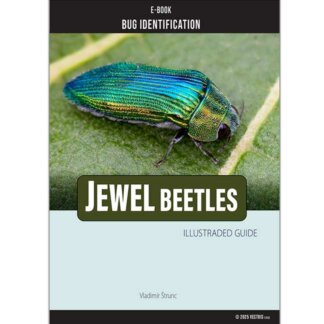Jewel beetles (family Buprestidae) primarily have a plant-based diet, which varies between their larval and adult stages:
Beetles
Larval Diet
Larvae, often referred to as wood-borers, feed on plant roots and the inner layers of wood from dead or dying trees. They burrow into wood to consume nutrients, creating tunnels during this stage, which can last months to years depending on the species and environmental conditions.
We recommend:
jeweled beetles, ground beetles, longhorn beetles, goliath beetle, stag beetle, carpet beetles
Books about Beetles
Unique pictorial atlases for identifying Beetles:
(2020) Tiger Beetles of the World, Cicindelidae, Illustrated guide to the genera
(2023) Tiger Beetles of Africa, Cicindelidae, Geographical guide to the family Cicindelidae
(2024) Tiger Beetles of Orient, Cicindelidae, Geographical guide to the family Cicindelidae
(2022) Ground Beetles of Africa, Afrotropical Region
(2022) Jewel Beetles of the World, Buprestidae, Illustrated guide to the Superfamily Buprestoidea
(2008) The Prionids of the World, Prioninae, Illustrated catalogue of the Beetles
(2010) The Prionids of the Neotropical region, Prioninae, Illustrated catalogue of the Beetles
Jewel Beetles diet
Adult Diet
Adult jewel beetles feed on:
Nectar and pollen from flowering plants, contributing to pollination.
Leaves, stems, and soft plant material from various trees and grasses.
Decayed wood and leaf litter in some species.
Jewel Beetles diet
This dietary behavior makes them important decomposers in ecosystems but also potential pests in forestry due to their wood-boring habits
